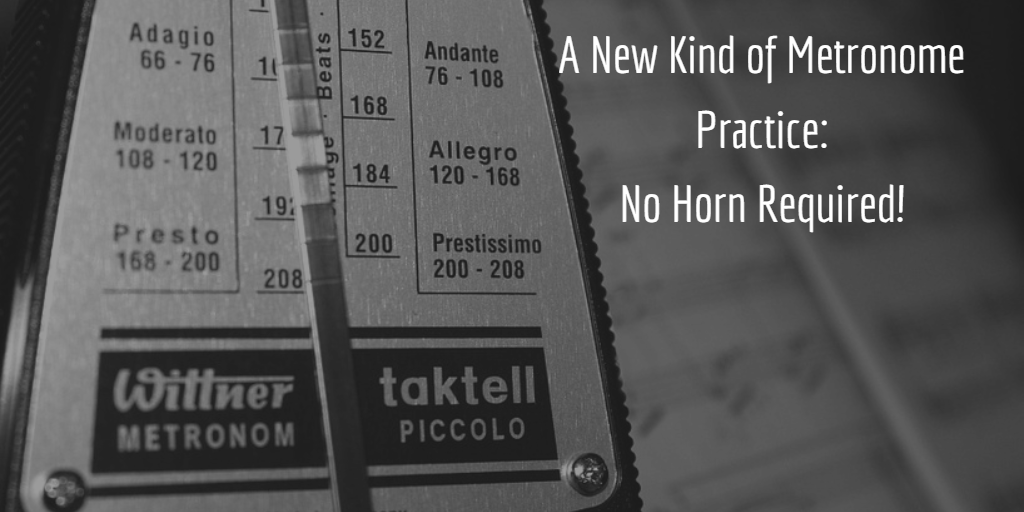The 80/20 Principle is an old “rule” that’s commonly used in business, but I think that it has some great application in the music world too.
The 80/20 Principle: In Brief
The basic idea of the 80/20 Principle (also called the Pareto Principle) is that in most cases, 80% (or so) of results come from 20% (or so) of the causes. This is not an exact relationship, of course. It could be that you have a 70/20 or a 90/1 relationship (the two numbers don’t have to add up to 100%). The important part is that a majority of results comes from a minority of the work.
This principle is often applied to business (80% of profits come from 20% of products or customers), but it also can be applied to other aspects of life. Pleasure (80% of your enjoyable time comes from 20% of your activities), pain (80% of your daily drama comes from 20% of the people you know) or almost anything else. The basic idea is that in general, the inputs and outputs of any system rarely are 1-to-1.
I recently read the book The 80/20 Principle, and was struck by how much this principle could be applied to practicing the horn (or any instrument, really).
80/20 Your Practice In 2019
In analyzing my own practice logs (of course I log my practice!) I’ve found that certain routines, exercises, or techniques really can have a bigger-than-expected result in my day-to-day playing.
If you’re finding practice boring or unproductive, take time this holiday break to rethink your practice plan(s). Think about what and how you practice when you’re feeling more confident about your playing and make sure that you prioritize those things in your day-to-day playing.
If you’re not sure what your 80/20 practice routine or exercises look like (or you haven’t been keeping track of your practice) that’s okay. The next couple of weeks are (usually) fairly light, so start a new plan for 2019 and you can revisit the results in a few months (like when you have time around summer!).
My Own 80/20 Practice Exercises
In my own practice, I’ve found the outputs of these exercises vastly outweight their inputs in terms of time and energy:
- Harmonic series studies
- Air attacks
- Long tone exercises
Therefore, if I only have a limited time to practice, I’ll primarily focus on these sorts of exercises. Depending on the time available, you can also combine these things (long tones starting with an air attack, for example).
It probably goes without saying, but it’s a lot easier to corellate positive trends in your playing with specific habits if you’re keeping some sort of a practice log. It doesn’t have to be incredibly detailed (any information is better than none), but unless you can remember your practice habits from 3-9 months ago (I certainly can’t) the log is a necessity.
Try it out for a few months next year and see how it works. If you’ve got any questions or comments, please leave them below!





